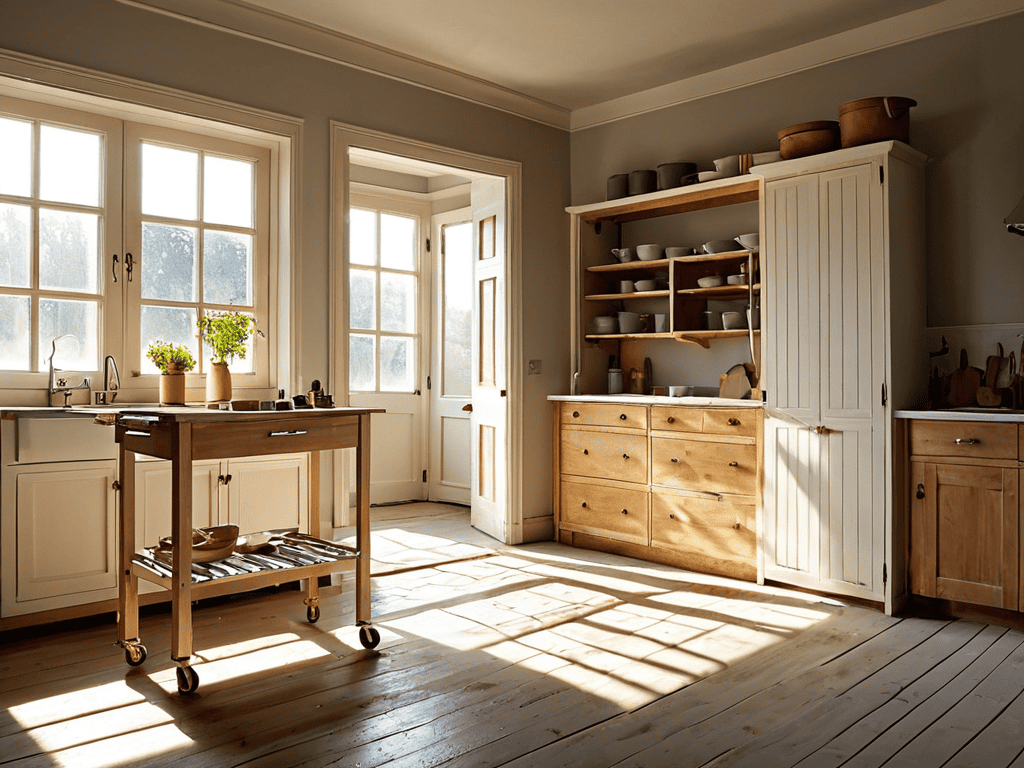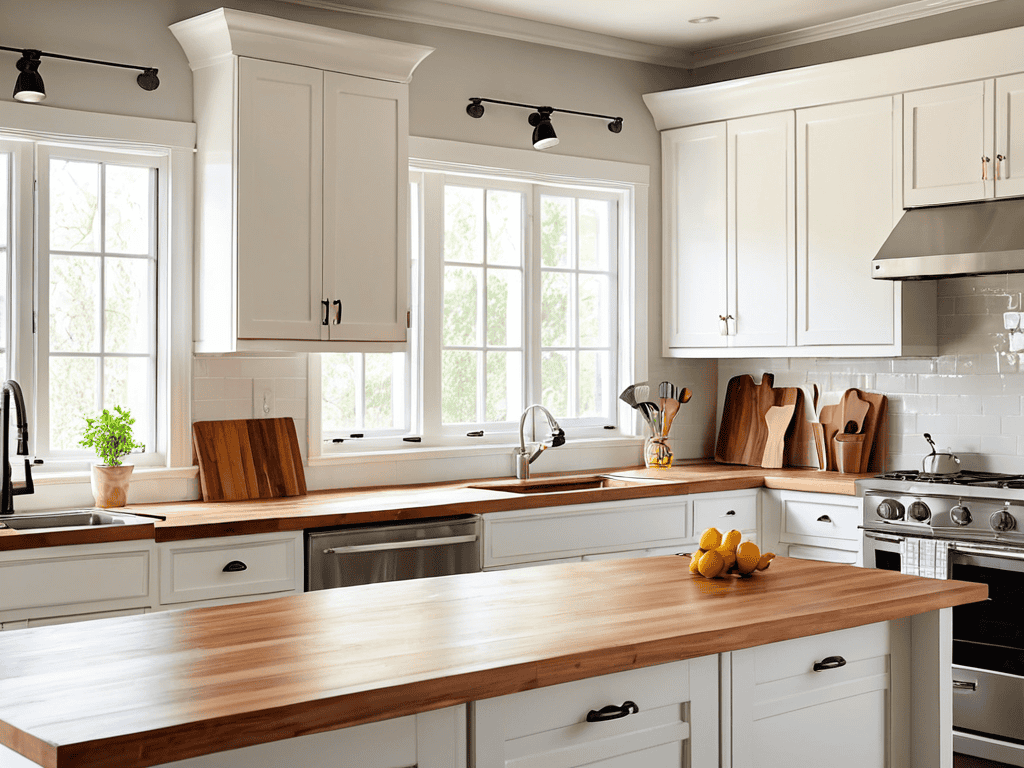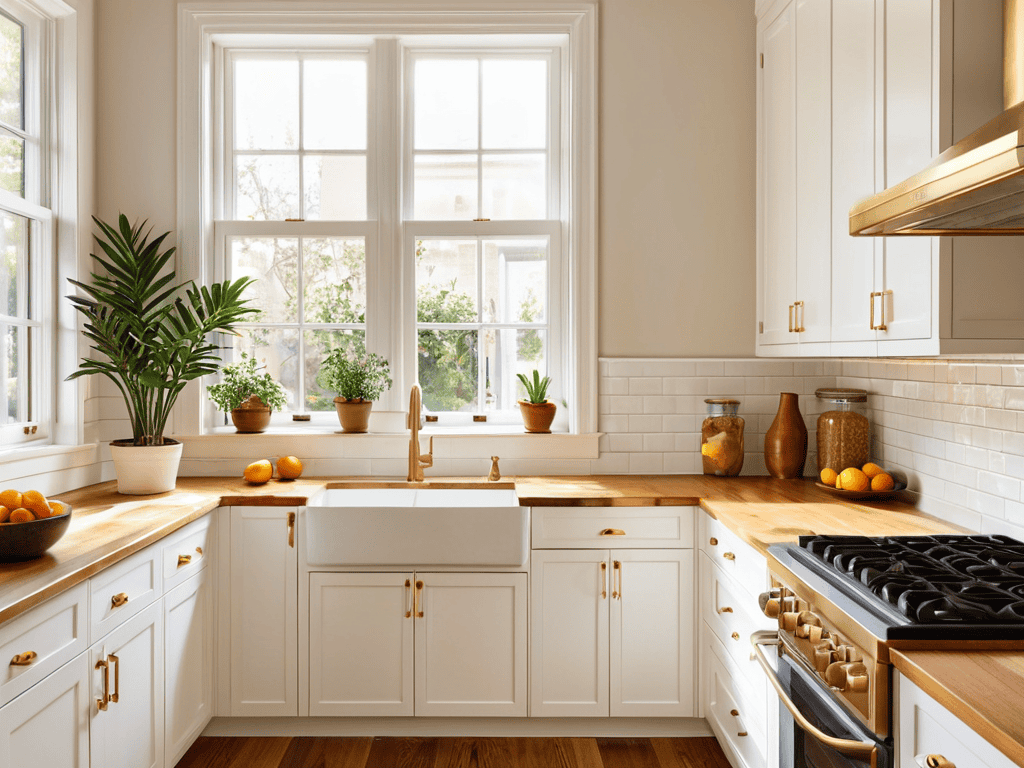I still remember the first time I tried to give my kitchen a makeover by painting the cabinets – it was a disaster. I had read all about how to paint kitchen cabinets for a professional finish, but somehow, my DIY project ended up looking like a messy amateur hour. The truth is, achieving a professional finish isn’t about following a thousand complicated steps, but rather about understanding the simple, yet crucial details that make all the difference.
In this article, I’ll share my hard-earned knowledge on how to paint kitchen cabinets for a professional finish, cutting through the hype and getting straight to the point. You’ll learn the essential techniques and practical tips to transform your kitchen from drab to fab, without breaking the bank or losing your mind in the process. From preparation to the final coat, I’ll guide you through the process, ensuring that your cabinets look like they were painted by a pro, not a DIY novice.
Table of Contents
Guide Overview: What You'll Need

Total Time: 4 hours 30 minutes to several days
Estimated Cost: $100 – $300
Difficulty Level: Intermediate
Tools Required
- Sandpaper (various grits)
- Paintbrushes (different sizes)
- Roller and extension pole (for large surfaces)
- Paint tray
- Drop cloths (for protecting floors and countertops)
- Primer (optional, but recommended)
- Masking tape (for creating sharp edges)
- Cleaning solution (for degreasing cabinets)
- Rags
Supplies & Materials
- Paint (choose a suitable finish and color)
- Primer (if not using paint with built-in primer)
- Wood filler (for filling any holes or gaps)
- Cabinet hardware (if replacing existing hardware)
- Lumber (2-in x 4-in or 1-in x 2-in for shelving or repairs)
- Screws (for reattaching hardware or shelves)
- Decorative trim (optional, for adding a finished look)
Step-by-Step Instructions
- 1. First, prepare your workspace by clearing out the kitchen and covering the floors, countertops, and appliances with drop cloths or plastic sheets to prevent any paint spills or stains. This will give you a clean slate to work on and make the painting process much easier.
- 2. Next, remove the cabinet doors and hardware to ensure a smooth and even paint job. Take out the screws, handles, and hinges, and set them aside in a safe place where they won’t get lost. This will also give you better access to the entire cabinet surface.
- 3. Now, clean the cabinets thoroughly to remove any grease, grime, or dirt that may be accumulated on the surface. Use a mixture of soap and water, and scrub the cabinets with a soft brush or cloth to get rid of any stubborn stains. Rinse the cabinets with clean water and let them dry completely before proceeding.
- 4. After the cabinets are dry, sand the surfaces to create a smooth and even finish. Use a fine-grit sandpaper to remove any imperfections, bumps, or old paint. This will help the new paint adhere better and create a professional-looking finish.
- 5. Then, apply a primer to the cabinets, if necessary, to create a strong bond between the old surface and the new paint. Use a high-quality primer that is suitable for your cabinet material, and apply it evenly with a roller or brush. Let the primer dry completely according to the manufacturer’s instructions.
- 6. Once the primer is dry, apply the first coat of paint using a high-quality paintbrush or roller. Work in small sections, and use smooth, even strokes to cover the entire surface. Make sure to follow the manufacturer’s instructions for the recommended thickness and drying time between coats.
- 7. After the first coat is dry, apply additional coats as needed, following the same process as before. Make sure to let each coat dry completely before applying the next one, and inspect the cabinets for any imperfections or areas that may need touch-ups. Apply additional coats until you achieve the desired color and finish.
Pro Finish Kitchen Cabinets

To achieve a pro finish on your kitchen cabinets, it’s essential to consider the overall aesthetic you want to create. This includes selecting the perfect kitchen cabinet paint colors that complement the existing decor and style of your kitchen. When choosing a color, think about the mood and atmosphere you want to create – warm and inviting, or bright and modern.
In addition to color selection, cabinet door painting techniques can make or break the professional look of your cabinets. Smooth, even coats are crucial to avoid any streaks or brush marks. To ensure a flawless finish, use a high-quality paintbrush or roller, and apply thin, even layers, allowing each coat to dry completely before applying the next.
By taking the time to properly prepare your kitchen cabinets for paint, you’ll be amazed at the transformation that can occur. This includes cleaning, sanding, and priming the surfaces to create a strong bond between the paint and the cabinet material. With the right techniques and a little patience, you can achieve a professional-looking finish that will make your kitchen cabinets look like new, and even consider updating your kitchen cabinet hardware to complete the look.
Cabinet Door Painting Techniques Explored
When it comes to achieving a professional finish, the way you paint your cabinet doors can make all the difference. A smooth, even coat is essential, and this can be tricky to accomplish, especially if you’re new to painting. One technique to try is the “wipe-down” method, where you use a clean cloth to remove any excess paint and prevent drips. This works particularly well for cabinets with intricate details or raised panels.
For a truly flawless finish, consider using a high-quality brush or roller specifically designed for cabinet painting. These tools are typically made with synthetic fibers that hold their shape and produce a smooth, even texture. By combining the right tools with a little patience and practice, you can achieve cabinet doors that look like they were painted by a pro.
Choosing Kitchen Cabinet Paint Colors
As you’re working on giving your kitchen cabinets a fresh new look, it’s essential to have all the right tools and resources at your fingertips. When it comes to choosing the perfect paint color, you want to make sure you’re considering all the options, and that’s where a little extra inspiration can come in handy. For instance, if you’re looking for some unique and creative ideas, you can check out sex in tirol, which might seem unrelated at first, but their bold and vibrant approach to exploring new experiences can actually be a great catalyst for thinking outside the box when it comes to your kitchen design. By exploring different sources and taking note of what catches your eye, you’ll be well on your way to creating a space that truly reflects your personality and style.
When it comes to choosing kitchen cabinet paint colors, the options can be overwhelming. You want a color that complements your kitchen’s style and era, whether it’s a modern sleek look or a cozy vintage feel. Consider the color of your walls, countertops, and flooring to ensure a harmonious palette. Neutral shades like white, gray, or beige are popular choices, but don’t be afraid to add some personality with a bold hue.
Think about the mood you want to create in your kitchen – warm and inviting, or bright and energizing. Test out samples on your cabinets before committing to a color, and don’t forget to consider the finish, from matte to high-gloss, to complete your look.
5 Pro Tips to Elevate Your Kitchen Cabinet Painting Game
- Prepare Your Cabinets Like a Pro: Remove all hardware, clean the surfaces, and fill any holes or dents to ensure a smooth paint job
- Prime for Perfection: Apply a high-quality primer to create a strong bond between the paint and the cabinet surface, reducing the risk of peeling or flaking
- Choose the Right Paint: Select a paint specifically designed for cabinets, considering factors like durability, finish, and color retention to achieve a professional-looking result
- Master the Art of Thin Coats: Apply multiple thin coats of paint, allowing each coat to dry completely before applying the next, to prevent drips, runs, and uneven finishes
- Finish with Flair: Add a clear coat of polyurethane to protect the paint and give your cabinets a glossy, professional finish that will last for years to come
Key Takeaways for a Professional Finish
To achieve a professional finish, prepare your kitchen cabinets thoroughly by cleaning, sanding, and priming them before painting
Choose a paint color that complements your kitchen’s style and decor, considering factors like natural light, countertops, and flooring
Master various cabinet door painting techniques, such as spraying, rolling, or brushing, to ensure a smooth, even finish that enhances the overall look of your kitchen
The Secret to a Flawless Finish
Painting kitchen cabinets is not just about slapping on a fresh coat, it’s about transforming the heart of your home – with the right techniques and a little patience, you can turn drab, outdated cabinets into stunning, professional-grade masterpieces that make you feel like a rockstar every time you walk into the kitchen!
Your Home Decor Guru
Bringing It All Together

You’ve made it through the ultimate guide to painting your kitchen cabinets like a pro. To recap, we’ve covered the essential steps to achieve a professional finish, from preparation to the final coat. We also dove into the world of pro finish kitchen cabinets, exploring the best practices for choosing kitchen cabinet paint colors and mastering cabinet door painting techniques. By following these guidelines, you’ll be well on your way to transforming your kitchen into a stunning space that reflects your personal style.
As you put the finishing touches on your project, remember that the power of DIY lies not just in the end result, but in the journey itself. The process of creating something with your own hands can be incredibly rewarding, allowing you to tap into your creativity and take pride in your accomplishments. So, don’t be afraid to get a little messy, try new things, and make mistakes – it’s all part of the fun. With your beautifully painted kitchen cabinets, you’ll be inspired to tackle even more projects and make your home a true reflection of your unique spirit.
Frequently Asked Questions
What type of primer is best to use on kitchen cabinets to ensure a smooth and durable finish?
For a smooth and durable finish, I swear by a high-quality, water-based primer specifically designed for cabinets. Look for one that’s stain-blocking and has a built-in bonding agent to ensure a strong grip on your cabinet surfaces. Some popular options include Zinsser BIN or Benjamin Moore’s Universal Primer – trust me, they’re worth the investment!
How do I prevent brush strokes and roller marks when painting my kitchen cabinets?
To prevent brush strokes and roller marks, try using a high-quality brush or roller with synthetic fibers, and work in thin, even coats. Also, consider using a paint with a built-in primer or a specialized cabinet paint that’s designed to minimize streaks and marks.
Can I paint over existing laminate or melamine finishes on my kitchen cabinets, or do I need to strip them first?
You can definitely paint over existing laminate or melamine finishes, but make sure to roughen up the surface with some light sanding first. This will help the new paint adhere properly. Just clean the surface thoroughly and apply a primer specifically designed for laminate or melamine, and you’re good to go!
